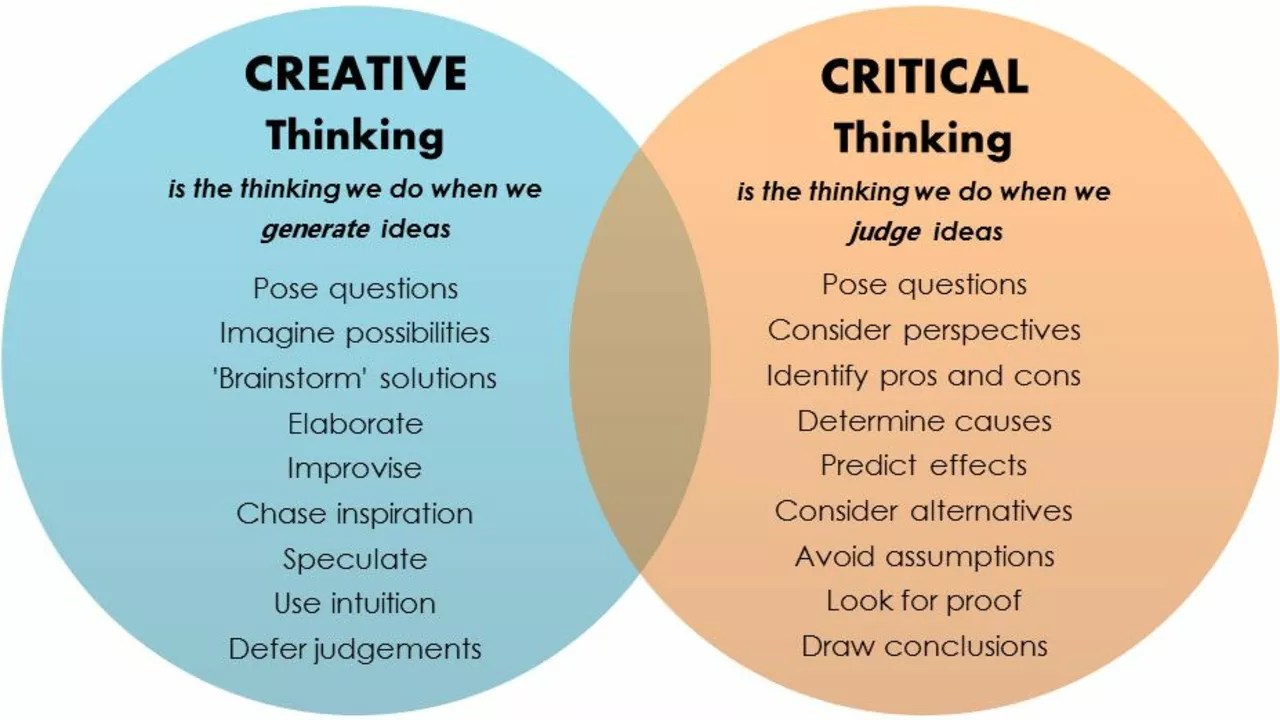Moving to New Delhi: What You Need to Know
So you’re packing up for New Delhi? Good call – the city is bustling, diverse, and full of opportunity. Before you land, let’s cover the basics that will make your transition smooth and stress‑free.
Pick the Right Neighborhood
Delhi isn’t a one‑size‑fits‑all place. If you want quiet streets and family‑friendly schools, try South Delhi areas like Vasant Kunj or Greater Kailash. For a young professional vibe with cafes and co‑working spaces, go for Connaught Place, New Friends Colony, or Lodi Gardens. Keep your daily commute in mind – living close to a metro station can cut travel time dramatically.
Budget for Living Costs
Housing eats up the biggest chunk of your budget. A one‑bedroom flat in a central area can run ₹35,000‑₹60,000 per month, while outer suburbs start around ₹15,000. Food is cheap if you eat at local dhabas or street stalls – a plate of chole‑bhature costs under ₹80. If you prefer dining out at malls, expect ₹300‑₹600 per meal. Transport is cheap too; a metro card costs ₹200 for a month of unlimited rides.
Utilities – electricity, water, internet – typically add ₹3,000‑₹5,000. When you add groceries, gym memberships, and occasional weekend trips, a comfortable single‑person budget sits around ₹70,000‑₹90,000 per month.
Getting Around
The Delhi Metro is the fastest way to beat traffic. It covers major corridors and runs from 5 am to midnight. Grab a smart card, tap in, and you’re set. Buses are cheap but can be crowded; you’ll find online apps that show real‑time routes. Auto‑rickshaws are everywhere – always negotiate the fare or ask for the meter. If you drive, be ready for heavy traffic during peak hours and watch out for erratic lane changes.
Job Hunt and Career Tips
New Delhi is a hub for government, IT, media, and hospitality. Websites like Naukri, LinkedIn, and Indeed list thousands of openings. Networking works wonders – attend meet‑ups, join industry groups on social media, and don’t shy away from coffee chats. Many offices still value face‑to‑face interviews, so be ready to travel for a day or two.
Schools and Education
If you have kids, the city offers a range of options. International schools like The American School of Delhi and Delhi Public School follow CBSE or international curricula. Admission is competitive, so apply early and keep documents handy. For higher education, Delhi boasts top colleges like Delhi University, Jamia Millia Islamia, and AIIMS for medical studies.
Health and Safety
Healthcare is world‑class. Public hospitals like AIIMS provide low‑cost services, while private chains such as Fortis and Apollo offer premium care. Keep a basic medical kit and know the nearest pharmacy. Safety-wise, stay aware of your surroundings, especially late at night. Stick to well‑lit areas, and use ride‑hailing apps instead of hailing a random auto after dark.
Culture and Lifestyle
Delhi’s food scene is legendary – try butter chicken, kebabs, and street‑side chaat. Markets like Sarojini Nagar and Dilli Haat let you hunt for clothes and crafts at bargain prices. For culture lovers, the National Museum, India Habitat Centre, and historic sites like Qutub Minar are must‑visits. Weekend getaways to Jaipur or Agra are just a short train ride away.
Moving to New Delhi can feel overwhelming, but with the right plan you’ll settle in quickly. Pick a neighborhood that matches your lifestyle, budget smartly, use the metro, and dive into the city’s vibrant culture. Welcome to the capital – your new adventure starts now!
Travel and Living Abroad

What are the pros and cons of moving to New Delhi?
Well, butter my buns and call me a biscuit, moving to New Delhi is quite the rollercoaster ride! Firstly, it's an absolute fiesta for your taste buds with its array of diversified, spicy meals that'll leave you salivating for days. Plus, the cultural richness is like a kaleidoscopic carnival ride, thanks to the bustling festivals and historical sites. But hold onto your hats, folks, because the traffic is a mad dash akin to a fast-paced thriller movie. And let's not forget about the air pollution, which sometimes feels like being part of a smoky film noir scene. So, in a nutshell, moving to New Delhi is a spicy mix of flavorful food, cultural vibrancy, chaotic traffic, and some slightly overcooked air quality.